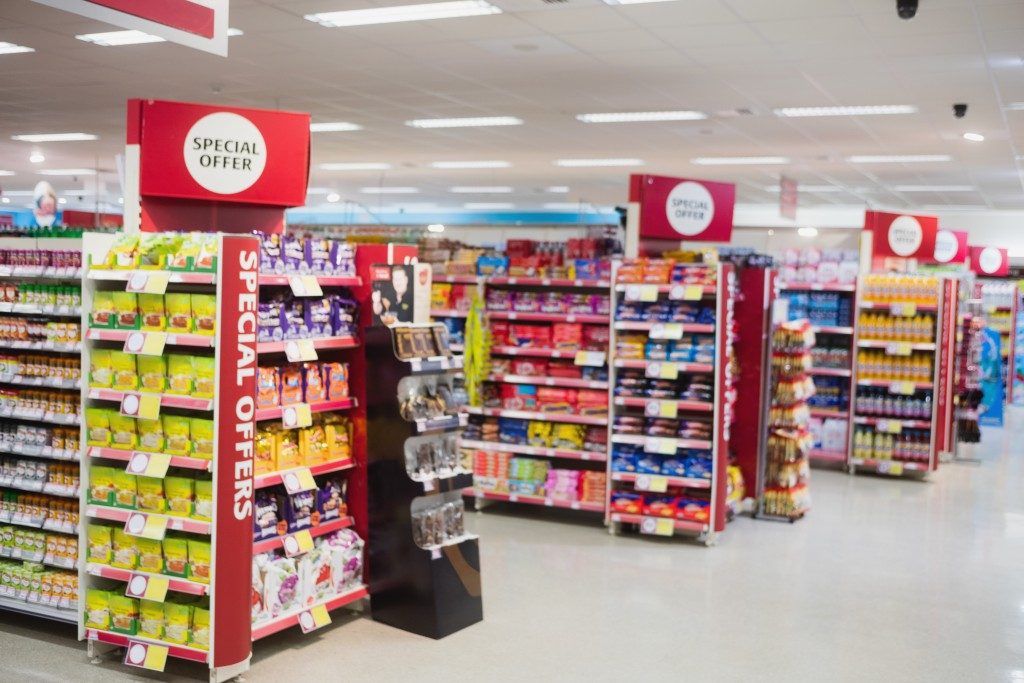 In the past, any packaging would suffice for products. Nowadays, however, there are various forms of legislation in place on what will suffice for the packaging of different products. One of the most restricted industries is the food sector. When packing your food products, you should ensure that your package’s material meets certain restrictions that guarantee that it can cause no harm to human health and that it has a minimal impact on the environment.
In the past, any packaging would suffice for products. Nowadays, however, there are various forms of legislation in place on what will suffice for the packaging of different products. One of the most restricted industries is the food sector. When packing your food products, you should ensure that your package’s material meets certain restrictions that guarantee that it can cause no harm to human health and that it has a minimal impact on the environment.
The leading choice among design and printing service providers for food packaging in Singapore is paper. This is because paper is cheap and easy to fold into different shapes and print different designs on. Most people assume that paper is not an eco-friendly choice and will paint their brand in poor light. However, paper is one of the most easily recyclable materials, and you can have your packaging as 100% recyclable material. The following are some paper packaging alternatives for the food sector:
Kraft Paper
This comprises of softwood sulfate with colours ranging from yellowish brown to light cream, brown, or white. The thickness of Kraft paper is 80 to 120 grams, and it has high tensile strength with no grain. Kraft paper is generally used in the manufacturing of medical record bags, portfolios, envelope bags, and packaging bags for dried fruits and other dried food, sugar, vegetables, and flour. Paper is also used at supermarket checkout counters.
White Cardboard
This is made of multi or single-layer combination containing bleached chemical pulp, which is fully sized. White cardboard has a smooth surface with a firm texture. It is generally used for making gift boxes, high-end business cards, corporate calendars, organizers, and gift bags.
Coated Paper
The primary raw materials used in manufacturing coated paper include paint and copper plate base paper. The adhesives, auxiliary materials, and pigments will be made into a specific coating that is used on the surface of paperboard. There is particular equipment used for drying and calendaring the paper to generate a clean and smooth surface and guarantee the exceptional printing of the paper. Coated paper has thicknesses of 70 to 250 grams and is generally used for labels, cigarette cases, and high-end packaging of baked treats.
Offset Paper
The surface of this paper is smooth and white, although its tightness, smoothness, and whiteness are lower than that of coated paper. Offset paper is commonly used for printing multi-colour and monochromatic text, inserts, and colour trademarks. It is generally used in the packaging of dried fruits such as chestnuts.
Baking/Parchment Paper

This comes from acid-treated pulp. In this case, the acid will modify the cellulose in your paper to make it impervious to oil and water and smooth. The acid will also boost its strength when wet. Although ideal for packing fats such as lard and butter, baking paper is not a good moisture and air barrier, and it cannot be heat-sealed.
You might not think much of the type of paper used for food packaging if you are not in the food manufacturing sector. The tidbits mentioned above will prove essential when packing your food gifts for corporate clients and employees. The wrong paper choice will ruin your gifts and only paint your brand in poor light.

